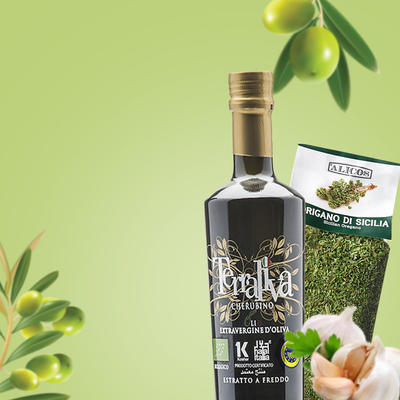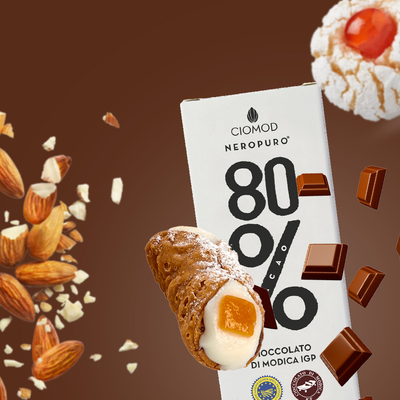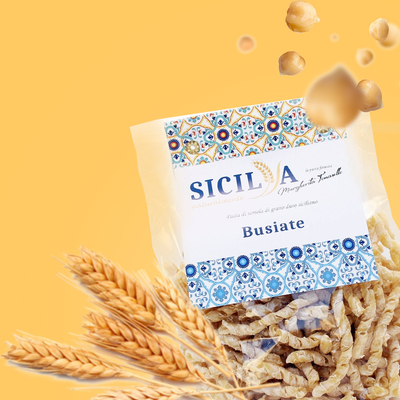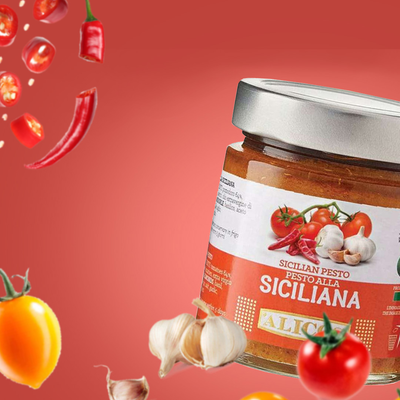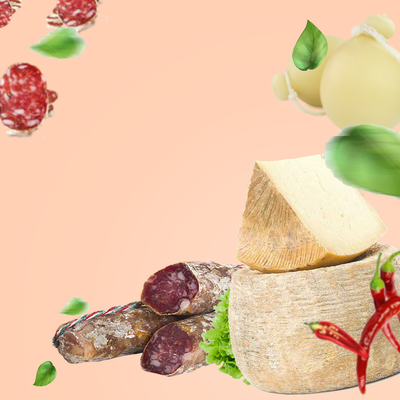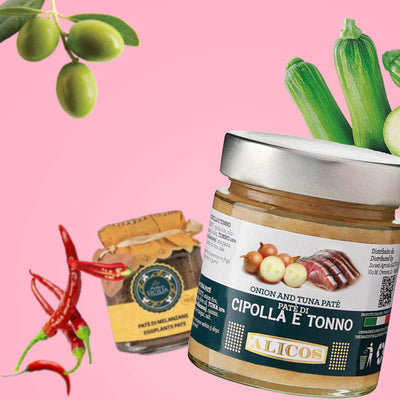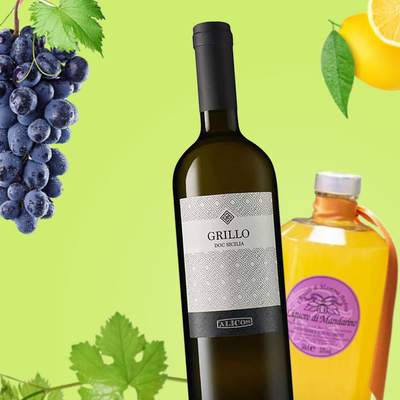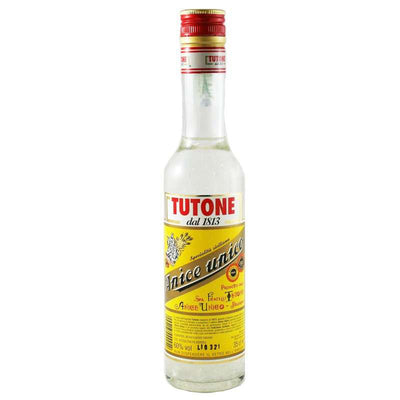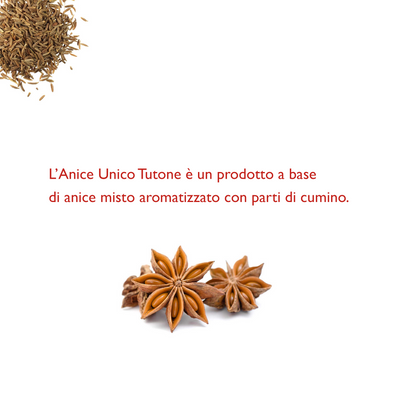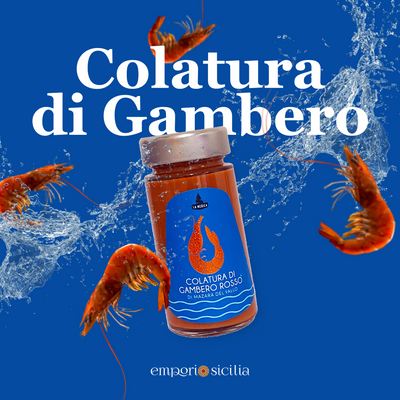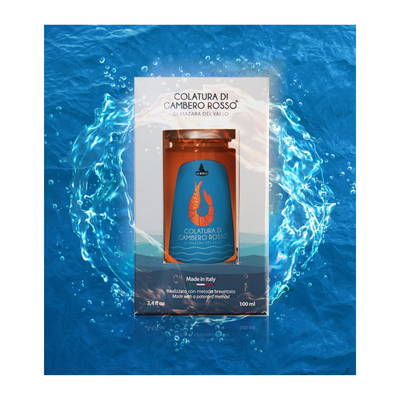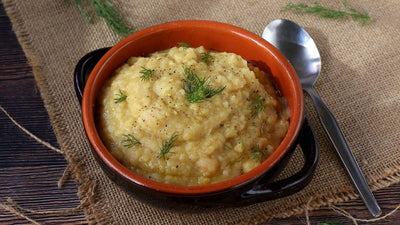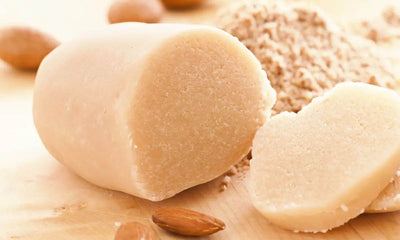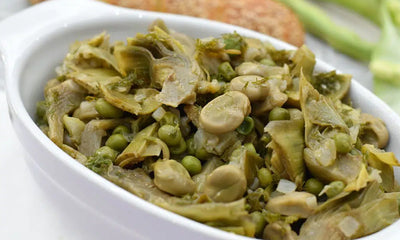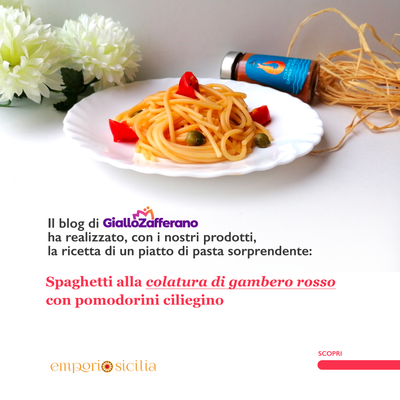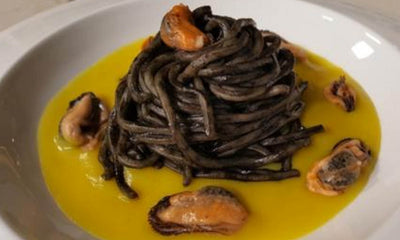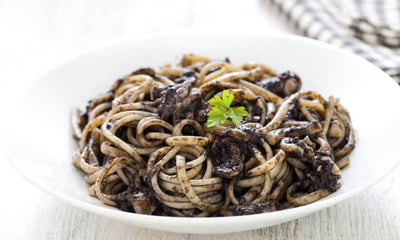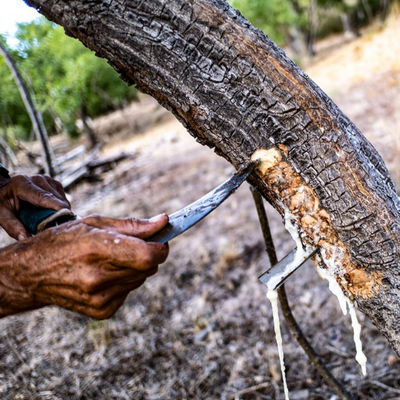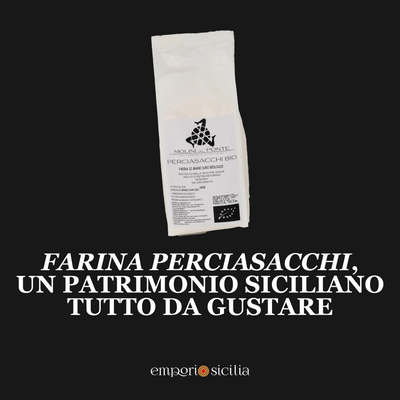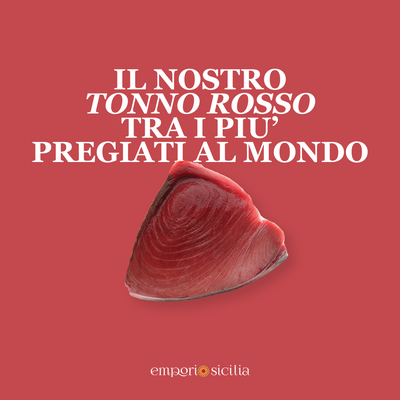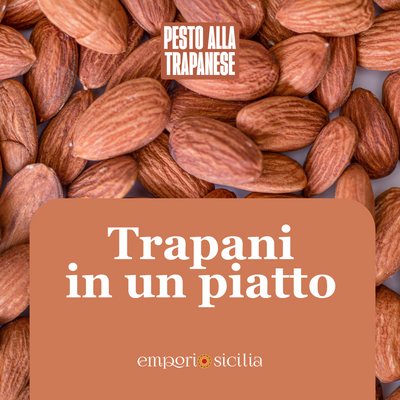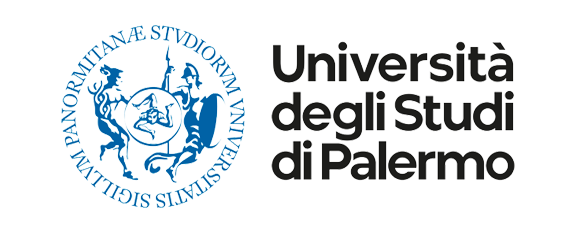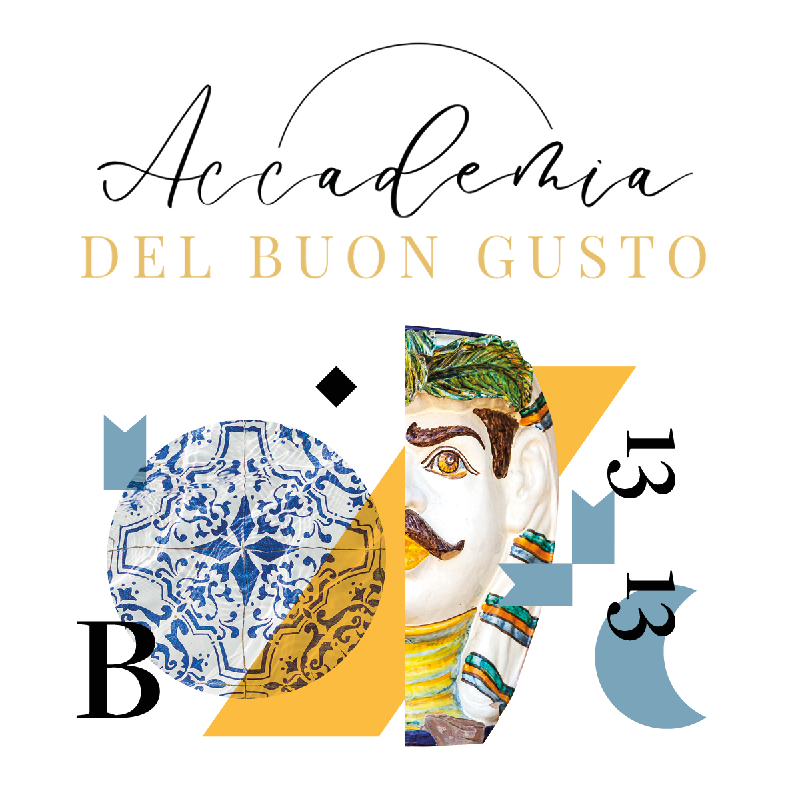The Festino di Santa Rosalia ( u fistinu in Sicilian ) is a mix of folklore and religion which finds its culmination in the traditional fireworks. An authentic treasure chest of traditions, the Feast of Santa Rosalia, patron saint of Palermo, is an event that attracts tens of thousands of tourists to the city.
It takes place on July 15th and is one of the religious celebrations recognized as an intangible heritage of Italy . The liturgical festival instead takes place on September 4th and is celebrated at the Sanctuary of Santa Rosalia on Monte Pellegrino above the city of Palermo, where the Saint died in 1170 inside the cave.
In the year 1624 the viceroy of Sicily, Emanuele Filippo of Savoy, brought into the city port a vessel coming from Tunis and suspected of plague, containing countless rich and precious gifts, and freed Christian slaves. The disease thus spread among mice, in markets, in peripheral areas and finally in the city center. The population, tormented by the plague, continued to fall ill and die and relied in vain on the patron saints of the city and the four city districts: Sant'Agata, Santa Cristina, Sant'Oliva and Santa Ninfa.
Rosalia saved the city from the plague and became its patroness, ousting the previous saints . According to legend, he appeared to a hunter in a dream, indicating where he could find his remains, which were carried in procession through the city and stopped the epidemic.
The cult of the saint is, however, attested by documents starting from 1196 and was already widespread in the 13th century. Saint Rosalia or Rosalia Sinibaldi (1130-1156), according to tradition, belonged to the noble Sinibaldi family and was a virgin from Palermo of the 12th century, daughter of Sinibaldo, lord of Quisquina. He lived at the court of King Roger before retiring as a hermit to a cave on Mount Pellegrino, where he died.
U Fistinu, begins on July 10th and lasts for five days. Today the first three days of the festival are preparation for the great procession on the 14th which precedes the parade of the Triumphal Chariot and which ends at the marina with the famous show of fireworks. The feast ends on the 15th with the solemn procession of the relics of the Saint, contained inside the silver urn.
In Santa Rosalia and its celebration the people of Palermo find a reason and an opportunity for collective identity well summarized in the cry "Long live Palermo and Santa Rosalia". The identities of this festival are the allegorical float, the procession, as well as the fireworks and the famous street food.
the first large float dates back to 1686, a metaphor for the triumph of the saint, it soon became the center of the celebration, immediately took on considerable dimensions and was replaced several times in the search for increasingly solemn scenographic effects. In 1701 it took on the form of a vessel for the first time,
an idea also revived in modern times. During the Bourbon period, until 1860 the eighteenth-century chariot which showed the opulence of the court was maintained for a long time.
On the night of July 14th, popular artistic celebrations reach their peak : a large "popular procession" , starting from the Cathedral, proceeds along the ancient Cassaro road axis to the sea, passing through Porta Felice, according to an ideal itinerary from death (the plague) to life (the light of fireworks on the seashore). Among music, songs and various choreographies, a large triumphal chariot (boat-shaped) is pulled, new from year to year, with a statue of the saint on top, which is also always new from year to year.
At the Quattro Canti there is a moment in which, traditionally, the mayor in office places flowers at the foot of the statue of the Saint shouting " Long live Palermo and Santa Rosalia !" and then there is the moment at the Marina (Foro area), where a great fireworks display takes place. Participating in the Santa Rosalia Feast is a real ritual , which follows its rules. A moment of shared joy, participation and colorful confusion. The streets of the historic center, especially the Corso Vittorio Emanuele axis, become a long carpet of people of all ages. There are adults, but there are also children, all with their noses turned up so as not to miss even a second of this tradition.
As per tradition, some dishes cannot be missing and must be eaten strictly along the route of the great parade or at the Foro Italico, in one of the many stations set up with tables and chairs. Let's start with the "Babbaluci", the snails, which are artfully prepared in the Piazza Kalsa area. Prepared with lots of garlic and parsley, they are consumed noisily (and how else?): they probably don't meet everyone's taste, but many really like them! Another typical food of the Festino di Santa Rosalia is "u purpu vuggiutu", that is, boiled octopus. In Palermo, as in other parts of Sicily, boiled octopus is a street food, to be eaten cut into pieces for a snack or a quick meal. Furthermore, "u sfinciuni", i.e. sfincione, cannot be missing. The king of Palermo street food is prepared according to tradition, tall and spongy. Between one course and another you can bite into a nice pollanca, i.e. corn on the cob boiled in large pots, a perfect food on the go.
To pass the time or during breaks, instead, you eat "u scacciu", that is, a mixture of salted pumpkin seeds, shelled peanuts and toasted chickpeas. Sold from large and colorful stalls, it is a traditional food, like dried fruit in general, if toasted even better! ( https://www.emporiosicilia.it/prodotti/mandorle-tostate-panepinto/ )
Everything must be washed down with an "atturrunata" beer, i.e. frozen ( https://www.emporiosicilia.it/aiuto/golden-ale-kimiya/ )
To conclude on a sweet note, there is a lot of chilled watermelon, i.e. nice cold watermelon, a nice ice cream flavored with salsify (jasmine granita) and cinnamon.
Try our "U Fistinu" themed specialties!



